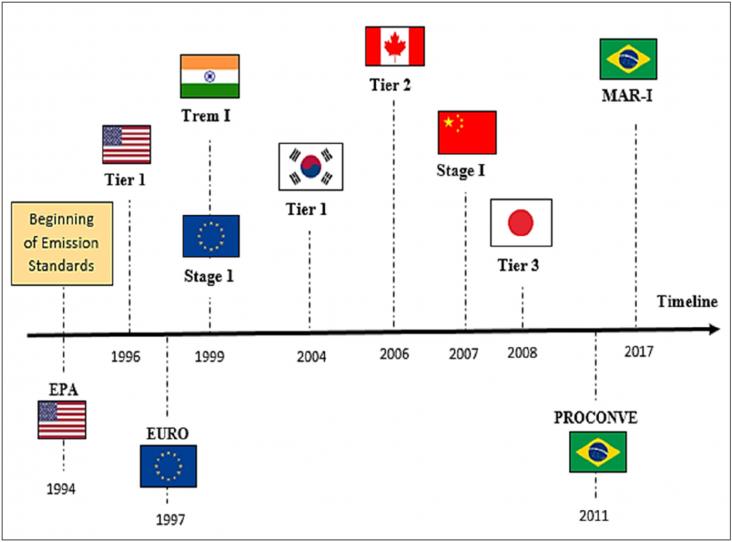This book chapter advances SDGs 3, 12 and 13 by discussing the entrance of microplastics in a range of environments, including oceans, surface waters, wastewaters, soils, sediments, the atmosphere, and food.
Water yield services on the Qingzang Plateau (QP) have profound impacts on the social and economic development of China as well as other parts of Asia. This study analyzes spatiotemporal variations of water yield on the Qingzang Plateau over the past three decades (1982-2015) and driving factors, one of which is lake changes influenced by glacial meltwater caused by global warming. The findings provide scientific support for formulating regional water resources policy, social and economic development planning and other macro decisions for the QP.
The need to assess major infrastructure performance under a changing climate is widely recognized yet rarely practiced, particularly in rapidly growing African economies.
Global warming has been affecting animal husbandry and farming production worldwide via changes in organisms and their habitats.
Our carbon-intensive economy has led to an average temperature rise of 1 °C since pre-industrial times.
Anthropogenic activity is a major driver of seabird injury and mortality in the 21st century.
With the growing global environmental awareness, the development of renewable and green materials has gained increased worldwide interest.
A shift to a more healthy and sustainable diet (as recommended by the EAT Lancet Commission report) is currently hampered by persistent choices for meat, which are based on stable preferences and posi
The climate emergency and population growth are challenging water security and sustainable urban design in cities worldwide.

